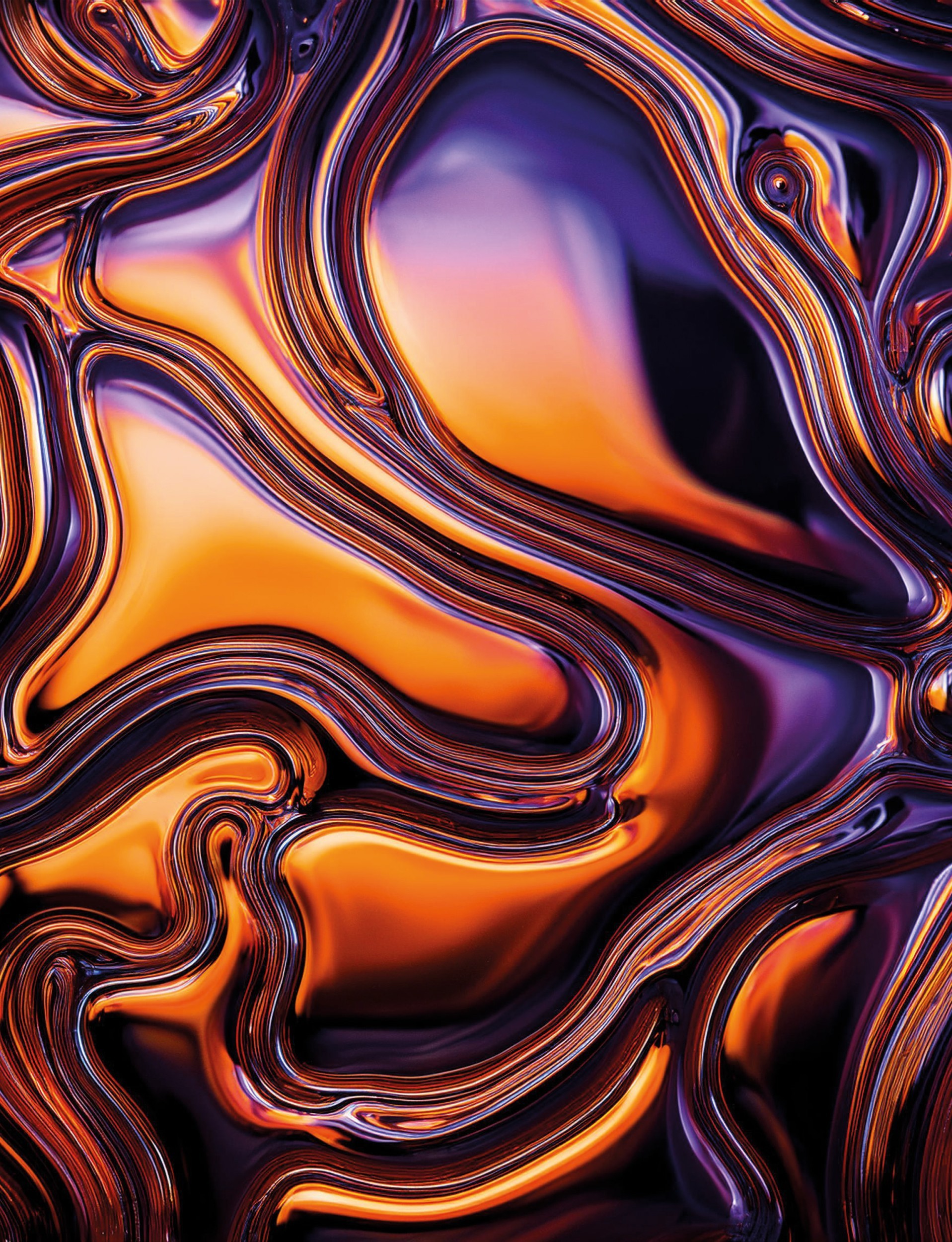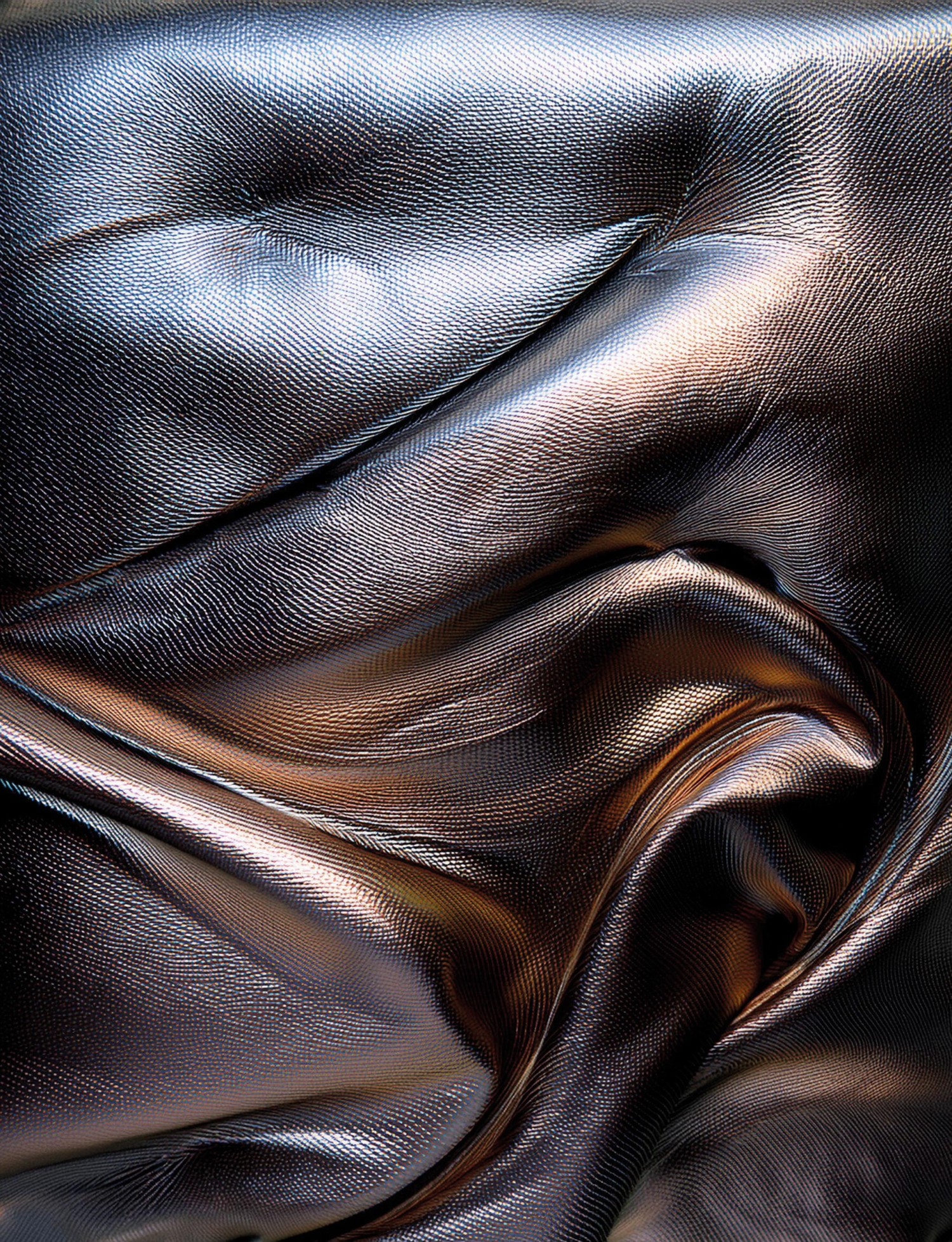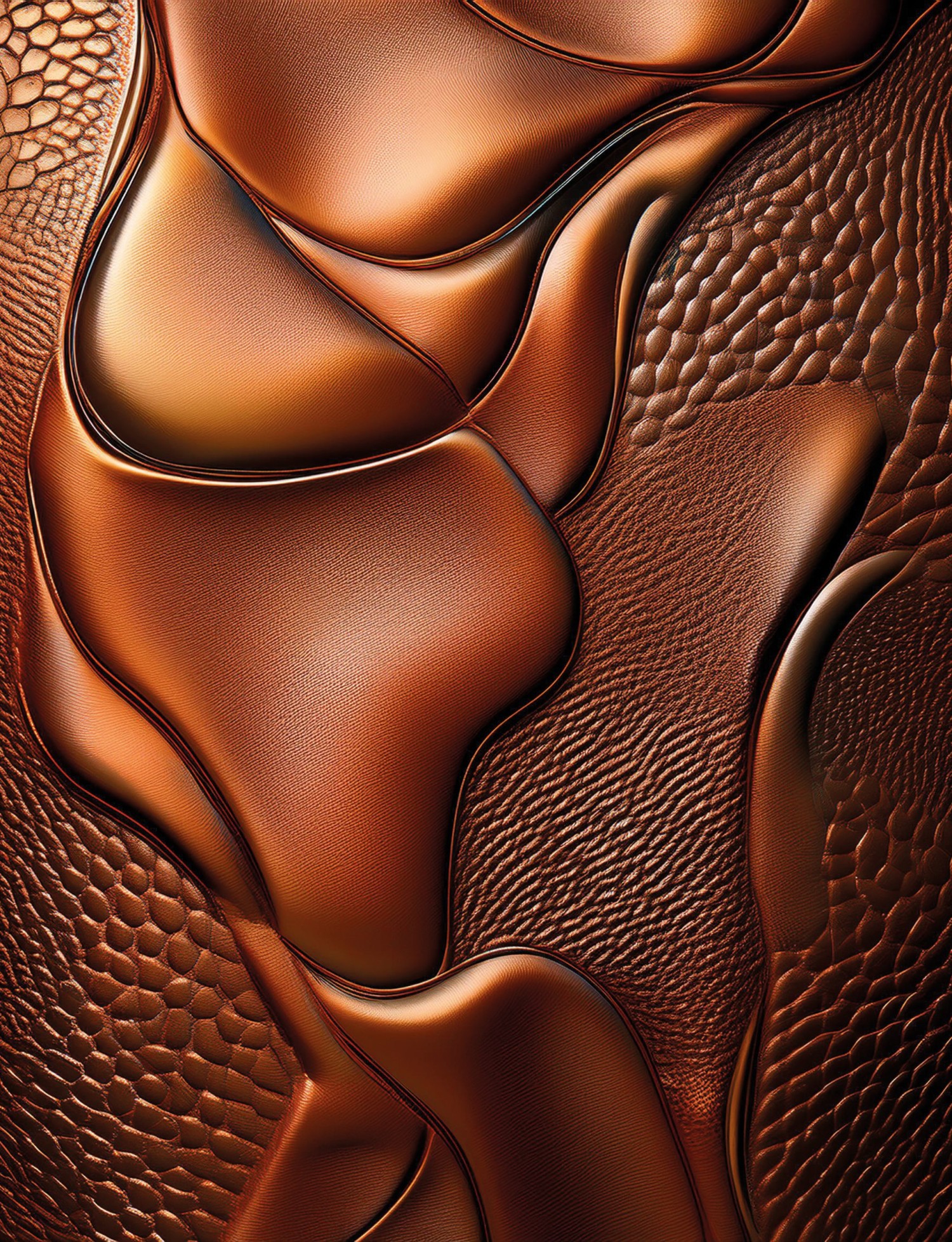It would have been quite tempting to take the email sent by the editors of Formae and enter it into artificial intelligence, so that AI could write this op-ed. But if I had done so, how would I have signed it? Faced with this question, I went back to my keyboard. As with all major technological breakthroughs - the development of Gutenberg’s printing press or the arrival of the Internet in our homes in the 1990s - and with all the great upheavals of human history - such as the Copernican and Darwinian revolutions, it is difficult to make predictions about a tool whose deployment is still at its relatively early stages in the world of creation. Indeed, it would seem that architecture, crafts and design are necessarily in conflict with tools that reduce the singularity and originality of a creative endeavour to the average results of a billion bits of data mixed together by servers of incredible power. However, one thing remains certain: the principle set forth by the Nobel Prize winner in physics Dennis Gabor: science advances in spite of morality. This aphorism, formulated just after the Second World War and its devastations, invites us to action. To control a new technological tool better, we must first reflect on it, rather than ignore its future potentialities out of fear. AI can indeed be scary, leading us to believe that large swathes of the working world as we know it will fritter away as its uses grow.
In the worst-case scenarios, the dark imaginings of science fiction films would become reality, and machines would overtake us. We have already known such fears, individually and collectively - the Y2K bug, job losses from the adoption of new tools, and 3D printing, to name just a few, and even though fear is known to paralyse us, Gabor reminds us that we have to overcome this wait-and-see attitude in order to better understand the opportunities that any developing technology offers. That means understanding where it could be usefully applied in order to better control it. In short, AI should remain a tool that serves humans and their environment.
Before we reflect on the future consequences of AI use, let’s look at how it is already being applied in architecture, interior design, product design and the crafts. Such solutions, still at their beginnings, are being used in other industries as well. Their aim is to save time. AI is used to write the minutes of meetings, to prioritise and/or synthesise data, to translate or even to assign tasks to various project participants… None of this is all that new, but the time saved could be of great value to business. The time saved could be spent on tasks with higher added value, thus increasing productivity. More specific to the fields of architecture and renovation, AI can be a decision-making aid or diagnostic tool. Engineering firms can use AI to analyse an image and begin a diagnosis by comparing it with other existing data. This process is known in the medical world, where an X-ray is pre-analysed by AI, and the possible conclusions — likelihood of tumours, lesions, etc. - are confirmed in the final stage by physicians. This same process can be used for structural problems in buildings or to categorise defects in construction materials that are already in place, etc. AI provides a preliminary analysis that the technician or architect can then confirm. For new constructions, drilling is usually required to determine the geological composition of the soil before the foundations can be laid. But when high precision is not necessary, this step could be done by AI, provided that there is a sufficient amount of pre-existing data for the building site. In other places with more complicated topography, drone images are analysed by AI in order to determine whether or not a team has to be sent out to analyse soil quality before new construction can begin. The benefits of AI are also numerous both upstream and downstream from production lines. These include producing better the first time, i.e. by using only the necessary quantity, developing new materials, such as via biosourcing, and recycling more efficiently to accelerate transition to a circular economy.
Alongside these more technical applications, various AI software programs are now quite well known, even to the general public, to generate one or more typical images after entering a few keywords about an atmosphere, an era, a construction type, etc. These inspiration ideas, or mood boards, directly concern the creative process. Looking from a long-term perspective, we should remember that the concepts we associate with creative work: originality, singularity, distinctiveness… are a relatively recent addition to our history. Without oversimplification, we can say that these words were first used to describe the Renaissance artists and were signs of a new way of conceiving of the creative act. In previous eras, art was a more collective affair, the work of several craftsmen or even a whole workshop or studio. Names of architects, builders, painters and sculptors from pre-Renaissance periods have certainly come down to us, but anonymity was the hallmark of most collective works of art. This rejection of anonymity, coupled with the desire to sign one’s own work and to individualise one’s creation - all attitudes inherited from the upheaval of mentalities that began in Europe in the 15th century - continues in our contemporary societies, where individualism is perceived as a value. We must lay down some benchmarks before returning to the current development of AI, which generates “anonymised averages” from a range of images in response to a series of keywords. In this context, the use of AI could also save time, i.e. the time usually spent creating a mood board or generating CGI images or 3D perspectives. However, such uses raise concerns because they involve creativity. In particular, there’s the risk of greater homogeneity of aesthetic and formal responses. If we request an image of a modernist house flooded with light, it’s highly likely we’d get an assembly of cubes with glass walls in precarious positions, high above the sea, or more precisely the ocean, since the majority of the models chewed up and then spat out are taken on the California coast. As for any good mood board, it’s up to the intelligence of men and women, with their knowledge and their general culture, to avoid this obvious trap by selecting the prompts entered in ChatGPT or its competitors. The trap becomes even more depressing when it’s a single object or piece of furniture. Then comes the question of who controls AI tools to prevent any uniformity of colours and forms. This soft power is insidious, because it is relatively anonymous and generated by current fashions, mindsets or visions of the world, with a strong bias in favour of the English-speaking world. I have no animosity towards the West Coast of the United States, far from it, but creation requires diversity: a diversity of approaches, of processes, of materials, etc., and it would truly be a pity if this diversity was just an image. Indeed, diversity is often nourished by a knowledge of and an intimate dialogue with matter. This is what characterises the work of a craftsman or craftswoman, their apprenticeship and the way they exercise their craft. So yes, AI is useful to sketch out a 3D image, to fine-tune renderings of textures and materials, to give backers a quick idea of what a project will look like, to manage the built-up spaces optimally, or to make the building more economical and “smarter” in its adaptability (for pedestrian flows, air flow, energy and water consumption, etc.), but this should be AI under human control, thus preserving the diversity of the creative act. This is because intensive use of AI, which obliterates any materiality and silences the tangible, the reality of raw materials, and touch as a source of imagination, would only reinforce what we have been living through since the 19th century. By this, I mean an ever-greater distancing from the finiteness of our world, what constitutes it and what must remind us continually of the dignity of our environment. Imagine for a moment what an AI-guided 3D printer might do if it were asked to create a planet identical to Earth. That sounds like a scenario out of a Philip K. Dick novel, but it deserves our attention, so that we continue thinking of AI as a tool that we continue to control. •


